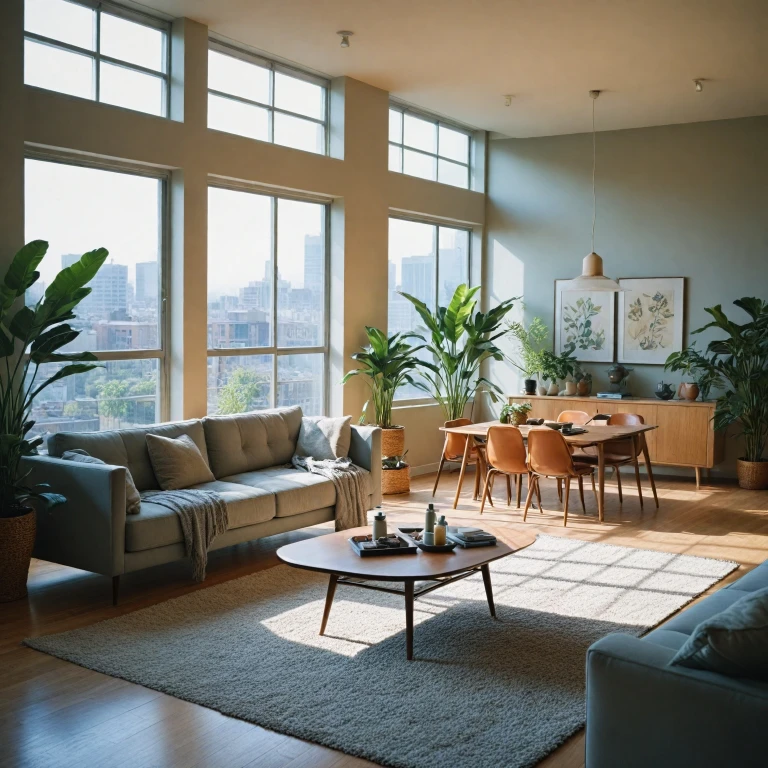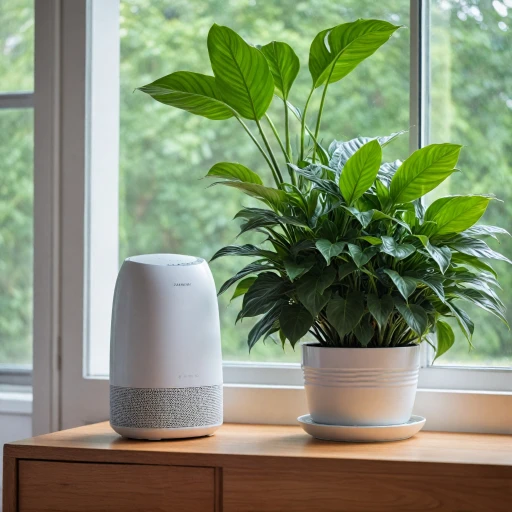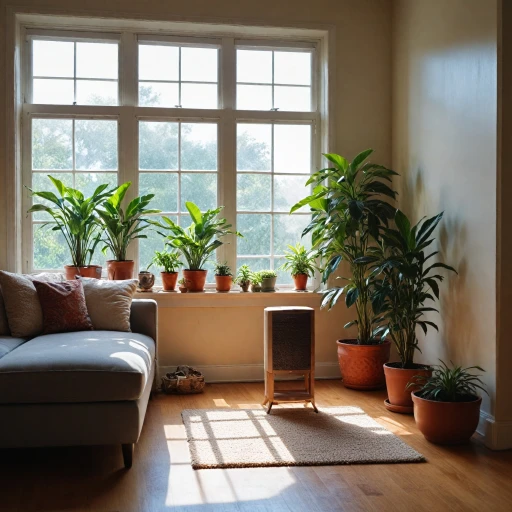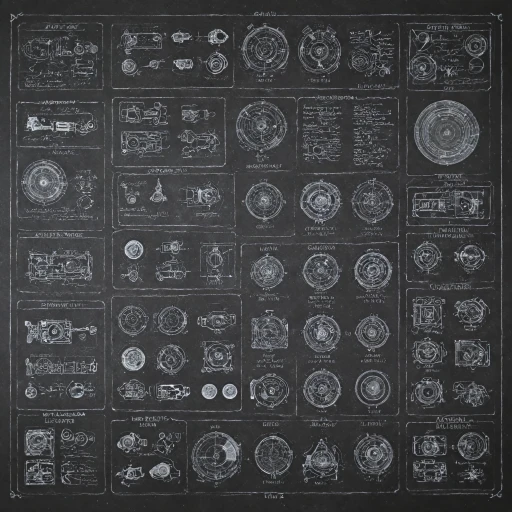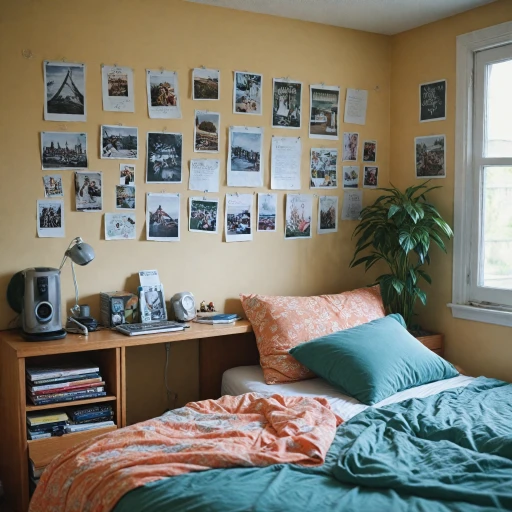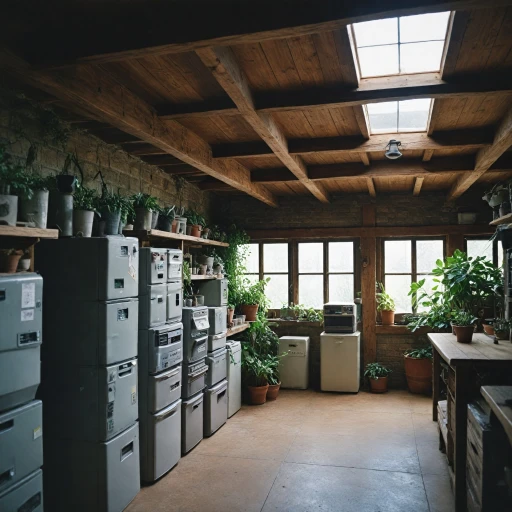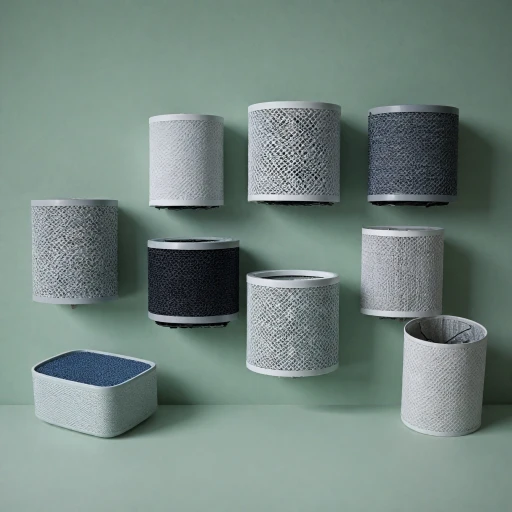Understanding Air Purifier Coverage
Grasping the Concept of Coverage
When considering how many air purifiers you might need, it's essential to understand the concept of coverage. Coverage directly pertains to the Clean Air Delivery Rate (CADR) of an air purifier. The CADR is a critical measure as it indicates the volume of filtered air delivered by the unit. Higher CADR ratings typically signify more efficient purification and the ability to cover a larger room size or square footage. A single air purifier is designed to handle a specific square footage, so acknowledging this specification is crucial. While some purifiers are sufficient for small to medium-sized rooms, if you're dealing with a larger area or open space, you might need multiple units to achieve clean indoor air effectively.- Calculate Your Room's Square Footage: Start by determining the dimensions of the room or rooms you need an air purifier for. Multiply the room's length by its width to get the square footage. Knowing this will help you choose the appropriate purifier.
- Consider Air Changes per Hour (ACH): This term refers to how often the air purifier can filter or change the air within the room per hour. A higher ACH value is beneficial for those concerned with achieving the highest air quality, especially in spaces with poor initial air quality.
Assessing Your Space and Needs
Analyzing Your Environment's Specific Needs
To determine how many air purifiers you might need, it's essential to take a close look at the size and specific conditions of each space you want to cover. Start by measuring the square footage of each room to get a clear picture of its dimensions. This will allow you to match the room size with an air purifier’s Clean Air Delivery Rate (CADR), ensuring it can effectively manage the indoor air quality. Several factors play a role in assessing how many purifiers need to be installed:- Room Size: Calculate the square footage of the room. For larger rooms, you might require an appliance with a higher CADR to efficiently clean the air.
- Air Quality Needs: Consider the level of pollutants present. Areas with high pollution levels might need more purifiers or units with advanced filters to ensure clean air.
- Air Changes per Hour (ACH): This metric indicates how many times the purifier can circulate and filter the air in an hour. Opt for purifiers that can achieve multiple air changes in spaces that require stringent air purification.
Single vs. Multiple Units
Evaluating Between Single or Multiple Air Purifiers
Deciding on whether to opt for a single air purifier or multiple units depends heavily on your unique room and air purification requirements. The main factors to consider include the size of the rooms, their uses, and the air quality goals you hope to achieve.
A single air purifier can be enough for smaller spaces. It can effectively deliver clean air provided that its clean air delivery rate (CADR) aligns with the room size. For instance, larger rooms or spaces with poor ventilation might require a unit with a higher CADR to ensure enough air changes per hour and better air quality.
Multiple air purifiers may be necessary in a larger or multi-room setup, where the square footage exceeds what a single device can efficiently handle. In such instances, placing purifiers in strategic locations can ensure every room receives ample clean air coverage.
It’s crucial to consider the variability in indoor air quality across different areas of your home. Separate units might be needed to manage distinct air quality challenges specific to each room, like smoke from a kitchen or pet dander in a living room.
In summary, determining the number of air purifiers you need will depend on assessing your entire space and its air purification demands. For more insights on making informed decisions about air purification approaches tailored to your needs, explore expert resources like our guide on choosing the right anti-allergen solutions.
Placement Strategies for Optimal Performance
Strategic Air Purifier Placement for Enhanced Efficiency
Achieving optimal air quality in your space depends heavily on where and how you position your air purifiers. Proper placement can drastically influence the purifier's effectiveness in circulating and cleaning air, making it essential to consider several factors:- Central Locations: Position purifiers centrally in a room to ensure that the maximum air flow is captured and filtered efficiently. This helps to achieve the recommended air changes per hour that are crucial for maintaining clean air quality, especially in high-traffic rooms.
- Avoiding Obstacles: Position your air purifier at least a couple of feet away from walls and objects, allowing a clear path for unimpeded air flow. Placing it in corners or behind furniture can limit its ability to clean the air effectively.
- Consider the Room Size: For spaces with varying square footage, ensure that the air purifier is suitable for the room size. Check the Clean Air Delivery Rate (CADR) to verify if the purifier can handle the targeted volume of air.
- Distance from Windows and Doors: Place purifiers away from windows and doors to minimize exposure to outdoor pollutants, which can burden the system and reduce indoor air quality.
- Multiple Units for Larger Spaces: In larger spaces or those with irregular layouts, you may need air purifiers in multiple zones to ensure even air distribution. Assess your space to determine how many air purifiers are needed for consistent air purification.
Special Considerations for Allergies and Asthma
Considerations for Allergy and Asthma Sufferers
For individuals dealing with allergies and asthma, an air purifier can be a crucial component of managing indoor air quality effectively. Allergens and irritants can be minuscule and require efficient filtration systems. Here’s what to keep in mind:
- High-efficiency filters: Look for purifiers with True HEPA filters, as they can capture particles as small as 0.3 microns, including pollen, dust mites, and pet dander, which are common allergens.
- CADR (Clean Air Delivery Rate): Consider the CADR ratings to ensure the purifier can handle the square footage of your room, delivering enough clean air changes per hour to effectively reduce allergen levels.
- Multiple Purifiers: For larger spaces or homes with multiple rooms, investing in several units may be necessary to maintain clean air in every room.
- Specific Needs: Evaluate the specific allergy triggers you face and choose a model that excels in filtering those specific allergens.
- Frequency of Filter Changes: Allergies can worsen with clogged filters, so regular maintenance, including frequent air filter replacements, is essential to ensure optimal air purification.
Integrating these considerations with your understanding of air purifier coverage and strategically assessing your space can help manage allergy and asthma symptoms more effectively.
Evaluating Cost and Maintenance
Balancing Costs and Maintenance Requirements
Determining the right number of air purifiers for your space isn’t just about initial purchasing decisions; you also need to consider the long-term costs and maintenance aspects. Ensuring indoor air quality is a continuous effort, and understanding the financial implications can help you maintain clean air without breaking the bank.
When evaluating air purifiers, consider the initial cost in relation to the square footage of the rooms you need to cover. Each purifier comes with a unique Clean Air Delivery Rate (CADR), which indicates the volume of air it can filter per hour. Matching the CADR to your room size will help you determine if a single unit is sufficient or if multiple air purifiers are necessary.
- Replacement Filters: The cost of replacement filters is an ongoing expense. Over time, the requirement to change filters could outweigh the initial savings on cheaper models. Opt for units with affordable and durable filters that are easy to replace.
- Energy Consumption: Regularly running air purifiers will impact your electricity bills. Check the energy efficiency of each unit and explore energy-saving modes that some models offer to manage power consumption while maintaining air quality.
- Maintenance Schedule: Some units require more frequent maintenance or cleaning. Ensure the room air purifiers you select have straightforward maintenance requirements that fit your lifestyle.
As you assess the need for multiple air purifiers, respect these financial and maintenance aspects to ensure you aren’t caught off-guard by unexpected expenses. A strategic investment in the right units will go a long way in maintaining a healthy indoor environment without financial strain.
